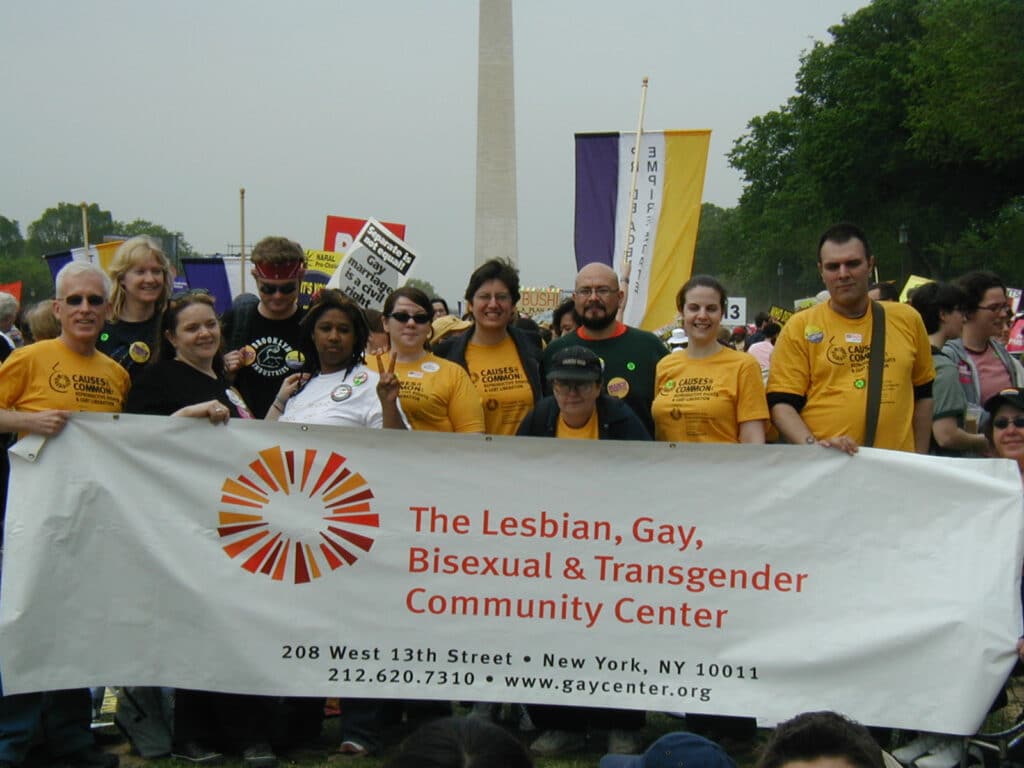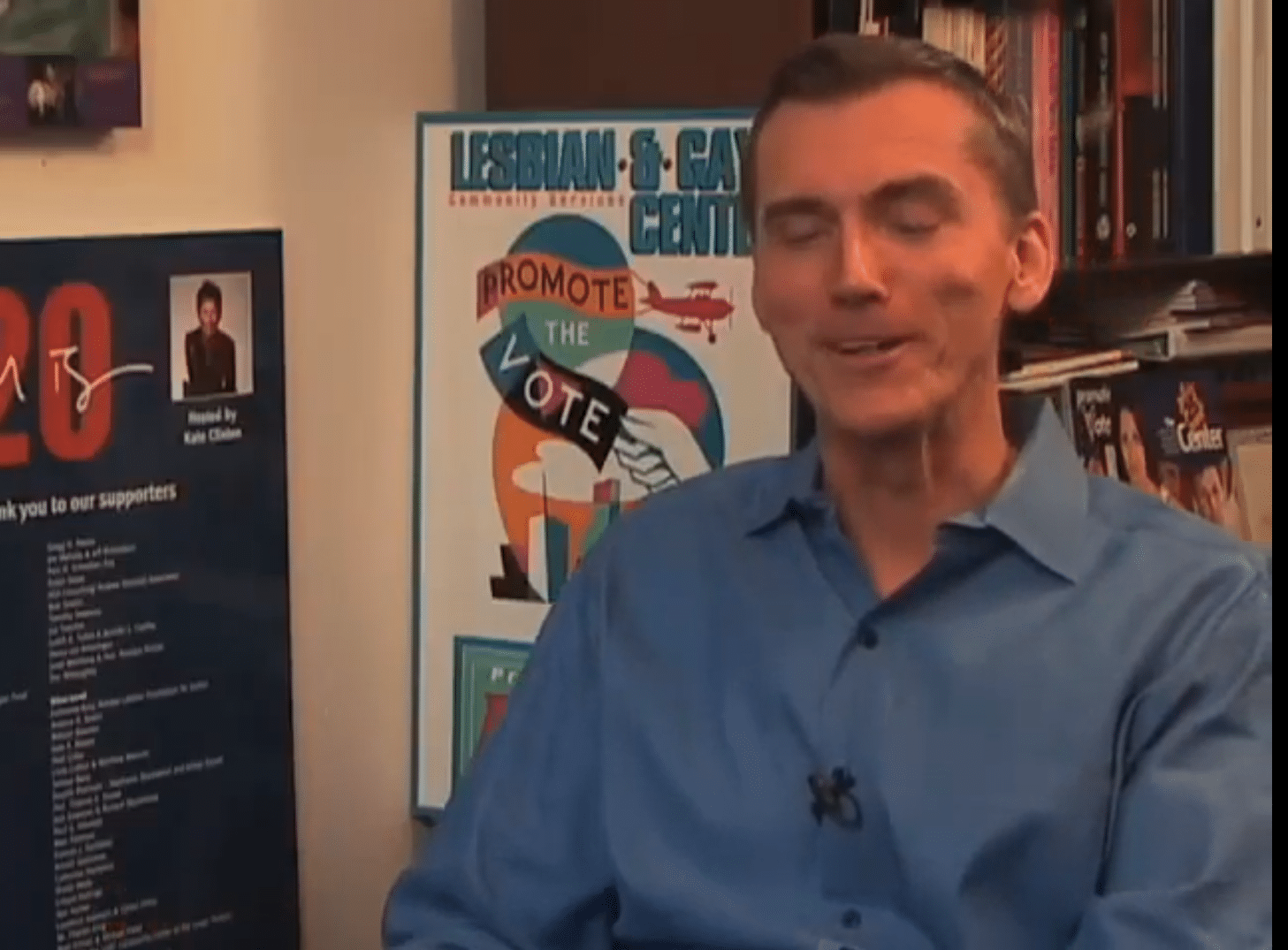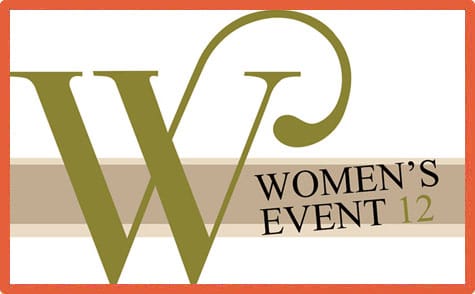Center History
The Center was established in 1983 as a safe and affirming space for LGBTQ+ activism in New York City. Today, our commitment to justice and eliminating stigma continues as we grow to meet the needs of LGBTQ+ New Yorkers.
Explore highlights of the The Center’s 40+ year history. You can explore every year of our history, from 1983 to today.



